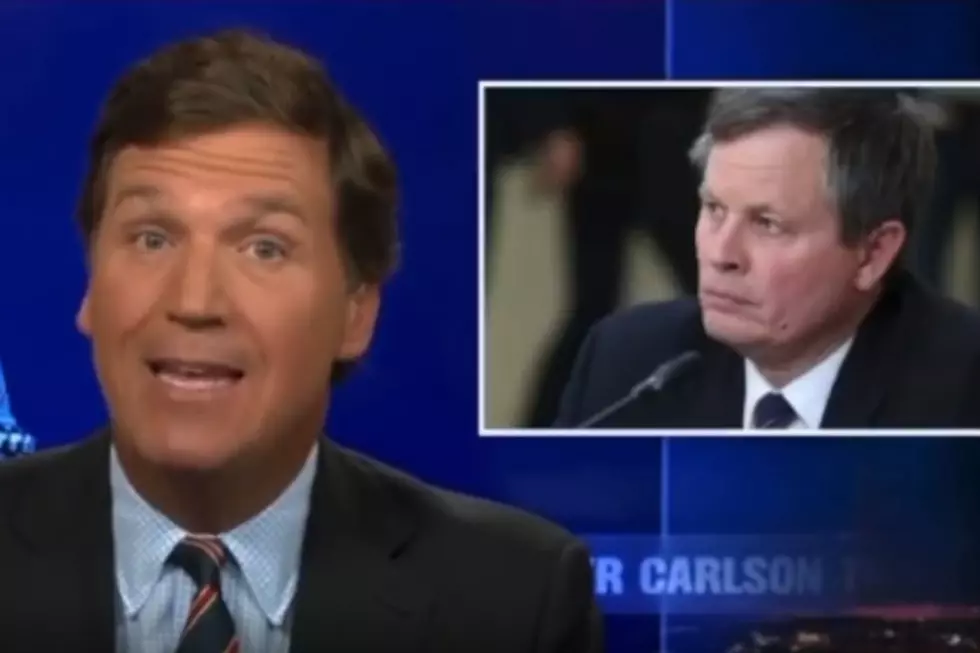
Inflation vs. Deflation – What’s the Difference?
We’ve all heard the term inflation. For most of us it’s considered a bad or negative term.
Deflation is a more murky definition for most people. Few know more than it’s the opposite of inflation — so it must be bad too.
One of the jobs of the Federal Reserve is to keep inflation from going too high and to prevent the economy from going into a deflationary spiral.
Printing money is the Federal Reserve’s tool to fight deflation — The cure for too little money chasing too many goods. Increase the money supply.
Un-printing money is the tool the Fed uses to fight inflation — The cure for too much money chasing too few goods. Decrease the money supply.
Let’s look at both terms.
Deflation
Deflation causes falling prices that result in reduced profits, factory closings, layoffs, loan defaults and higher unemployment.
The Federal Reserve’s cure for this condition is to increase the money supply and to create inflation.
Rising prices takes the pressure off businesses and lenders in terms of wages and service on the debts a company owes.
When gasoline at your local pump is $2 a gallon rather than $4 a gallon it’s much harder for the retailer to keep people employed, drillers and refineries see lower profits because profits are reduced by the amount of money coming into the business.
In this case the purchaser benefits from lower prices because the dollar buys more but the time limit for that savings is usually short because the dollar buys less for almost everyone else in the supply and production chain.
Inflation
Inflation is the inconsistency of a dollars value. If a products costs $1 and there is a 2% inflation rate then the price of that product will now be $1.02.
You can think of inflation as not so much that a dollar is 100 cents but in terms of what that 100 cents will buy.
In the 1980s there was an inflation rate of 10 percent. That meant that everything you purchased had a 10 percent inflation penalty attached.
Our current inflation rate is 0.85 percent.
Some Final Thoughts
The desired inflation rate is somewhere between 2-3 percent. This allows for salary increases, research and development, company improvements and other aspects to keep our economy growing.
An ideal GDP (Gross Domestic Products) is usually considered 4 percent or higher. Currently our GDP growth is 1.98 percent; which is one reason the middle class is suffering stagnate wages.
There is little growth and not enough inflation.
We should be swimming but instead we’re simply treading water and sitting in the same spot.
Comments below
More From KMMS-KPRK 1450 AM









